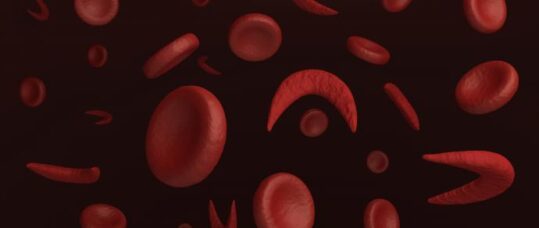NICE recommends easier treatment for sickle cell disease

The National Institute for Health and Care Excellence (NICE) has recommended a new device for managing sickle cell disease which makes treatment easier and quicker for patients.
It could also save the NHS in England around £13 million each year, NICE stated.
Related Article: NHS 10-year plan: What does it mean for nursing?
The NICE medical technology guidance supports the use of the Spectra Optia Apheresis System for automated red blood cell exchange in patients with sickle cell disease who need regular transfusion.
Sickle cell disease is an inherited genetic disease affecting red blood cells. The cells are a crescent – or sickle – shape instead of the normal round disc shape, affecting the cell’s ability to carry oxygen and move around the body.
Symptoms may include intense pain and severe anaemia, and the condition can cause damage to major organs and infections, and life-threatening complications.
Related Article: Funded nurse workforce plan needed for neighbourhood health services
The device automatically replaces sickle red blood cells with healthy red blood cells in people with the disease.
Compared to manual red blood cell exchange the device is faster to use and patients need the process less often.
Related Article: Over one million children living in homes causing asthma and chronic illness
Professor Carole Longson, director of the NICE Centre for Health Technology Evaluation, said: “Sickle cell can be a painful, debilitating condition, potentially leading to major organ damage. Treatments are very limited, so this new guidance recommends a novel option which is very good news for patients.”
There are between 12,500-15,000 people with sickle cell disease in the UK. It is more prevalent among people of African and African-Caribbean descent, but it can affect any ethnic group. There is no routine cure for sickle cell disease but patients can be supported to manage the condition.

See how our symptom tool can help you make better sense of patient presentations
Click here to search a symptom


The National Institute for Health and Care Excellence has recommended a new device for managing sickle cell disease which makes treatment easier and quicker for patients



